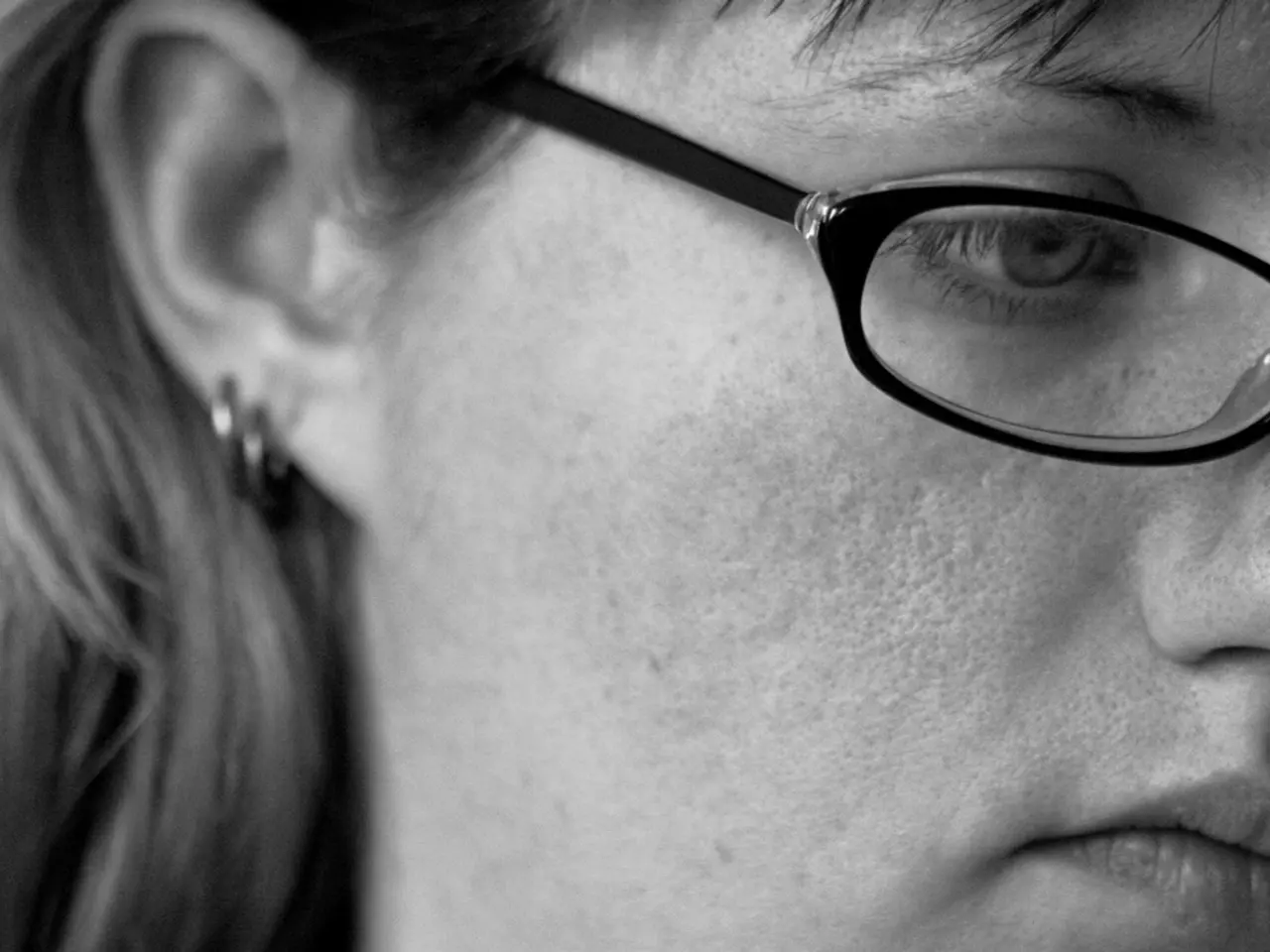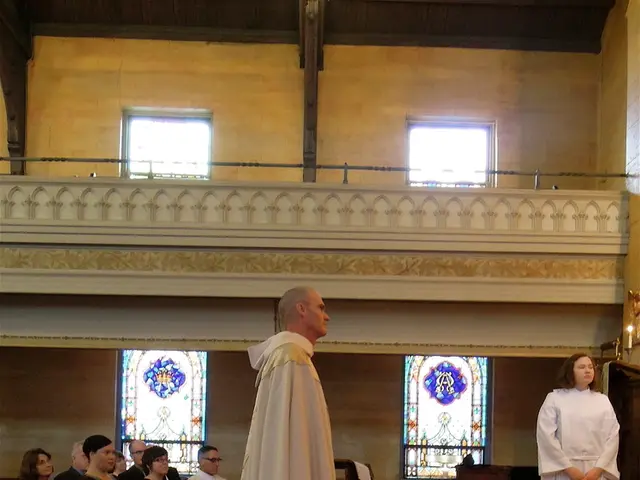Laser treatment for macular degeneration: Is it effective?
Laser surgery is a common treatment option for individuals diagnosed with wet Age-Related Macular Degeneration (AMD), a condition characterized by the growth of abnormal, fragile blood vessels beneath the retina. These vessels cause leakage, scarring, and vision loss.
There are two primary laser treatments for wet AMD: Laser photocoagulation and Photodynamic Therapy (PDT).
Laser Photocoagulation
Laser photocoagulation, often referred to as a hot laser, uses a focused beam of thermal laser light to directly seal or destroy the abnormal blood vessels leaking fluid or blood beneath the retina. This procedure is typically done in-office and provides a direct way to stop leakage, but it can damage surrounding retinal tissue. It is most effective for well-defined, classic neovascular lesions away from the fovea.
During the procedure, a lens is fitted on the cornea to help focus the laser beam on the retina. After the surgery, it is recommended that the person rests, takes over-the-counter pain relief medications if advised, and wears an eye patch or dark sunglasses for a few days.
Photodynamic Therapy (PDT)
Photodynamic Therapy, or cold laser, is a two-step process. First, an IV line is inserted to administer a light-sensitive drug called verteporfin. The drug selectively accumulates in the abnormal blood vessels. Then, a low-energy laser is directed onto the affected retinal area, activating the drug to produce reactive oxygen species that destroy the abnormal vessels without extensive heat damage to nearby retinal tissue.
PDT is less destructive to normal retina and is suitable for certain types of wet AMD lesions. Like laser photocoagulation, PDT is an outpatient procedure, and people who undergo it usually go home the same day.
Cost and Risks
The Medicare allowable costs for a session of laser photocoagulation can range from $349-805, while the cost of an injection of ranibizumab (Lucentis), an anti-VEGF treatment, ranges from $115-389 (excluding the cost of Lucentis itself, which is $1,134).
Both laser therapies carry certain risks. Other risks of laser eye surgery may include unintentionally targeting the central macula, causing a blind spot, bleeding into the eye, abnormal blood vessels growing back, and increased complications for people who need multiple surgeries. A new area of blurry vision may appear after laser photocoagulation, but if the eye swells, inflames, or vision worsens significantly, contact a doctor immediately.
Effectiveness
Laser photocoagulation is effective in stopping the leakage and progression of smaller, well-defined abnormal vessels but risks damage to nearby retinal cells and vision loss if the treatment area involves the macula center. Photodynamic therapy is typically used for occult or less well-defined neovascularization; it stabilizes vision in many patients but often does not significantly improve vision on its own. Both types may be combined with anti-VEGF injections, which have become the preferred standard treatment.
Both laser therapies help reduce leakage and slow vision loss but do not cure wet AMD. Early detection and treatment initiation are crucial for preserving vision.
In summary, laser photocoagulation uses heat to seal abnormal vessels and is best for classic lesions, while Photodynamic Therapy uses a drug activated by laser to selectively close vessels with less heat damage. Both aim to reduce leakage and scarring from abnormal vessel growth in wet AMD to slow vision loss.
- Individuals diagnosed with wet Age-Related Macular Degeneration (AMD) often seek treatment options, and laser surgery, specifically Laser photocoagulation and Photodynamic Therapy (PDT), are common choices.
- Laser photocoagulation, a hot laser, uses thermal energy to seal or destroy abnormal blood vessels beneath the retina, providing a direct way to stop leakage.
- Photodynamic Therapy (PDT), known as a cold laser, uses a two-step process: a light-sensitive drug is administered and a low-energy laser is directed onto the affected retinal area.
- Seekers of medical-conditions treatments may consider switching from traditional treatments like injections to laser therapies due to their potential benefits and lower costs.
- Chronic-disease patients who undergo laser surgeries, such as laser photocoagulation or PDT, must be aware of the risks, including unintentionally targeting the macula center, causing a blind spot.
- Chronic Kidney Disease patients should also be mindful of the costs associated with these treatments, as the Medicare allowable costs for a session of laser photocoagulation can range from $349-805.
- Health-and-wellness practitioners may suggest laser therapies as one of the therapies-and-treatments for individuals dealing with chronic diseases, such as chronic kidney disease or AMD.
- Although laser therapies help reduce leakage and slow vision loss, they do not cure wet AMD, emphasizing the importance of early detection and treatment initiation for preserving vision.




